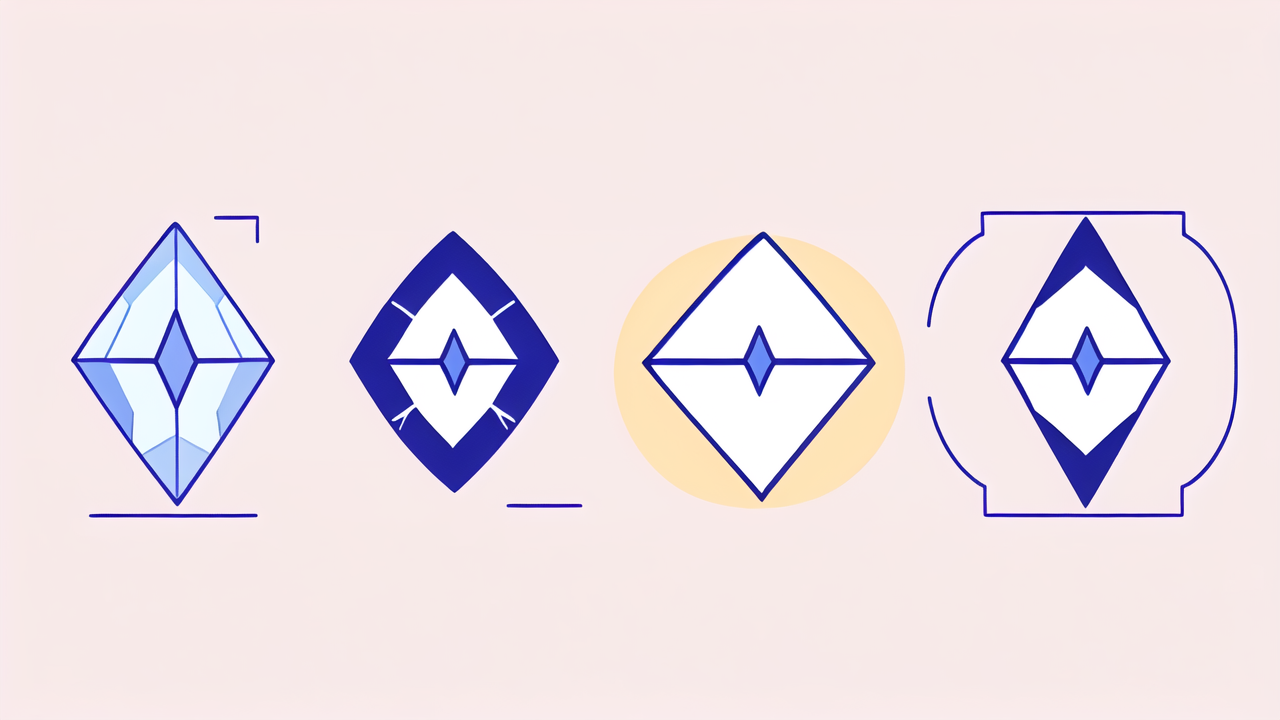Understanding Moissanite and Its Diamond-Like Qualities
What is Moissanite?
Moissanite is a gem treasured for its radiance. It mirrors diamond's sparkle yet has a distinct identity. Unlike diamonds, moissanite comes from space. Natural moissanite was first found in meteorites in 1893. Today, it is made in labs to ensure quality and size. Moissanite outshines diamonds in brilliance and fire. This makes it a favored option for those seeking shine. It ranks just below diamonds on the hardness scale, scoring a 9.25.

The Science Behind Moissanite's Sparkle
Moissanite dazzles with its unique brilliance, much like a diamond. The secret to its shine lies in its high refractive index. This property splits light into a spectrum of colors, like a prism. Moissanite also has a higher dispersion rate than diamonds. That means it gives off more fiery flashes of color. Each crystal is carefully cut to maximize this fiery effect. Like diamonds, the cuts range from round to cushion shapes. Yet, moissanite maintains its sparkle even under low light. All these factors combine to give moissanite its diamond-like glow.
Comparing Moissanite to Diamonds in Jewelry
Moissanite and diamonds may look alike, but they're quite different.
- Price Point: Moissanite typically costs less than diamonds.
- Durability: Diamonds rate a 10, the highest on the hardness scale. Moissanite follows closely at 9.25.
- Brilliance: Moissanite has more fire and a rainbow effect in light.
- Color Range: Diamonds can be colorless to yellow. Moissanite may show a yellow or green tint.
- Origin: Diamonds are mined or lab-created. Moissanite is mainly lab-grown.
These points can help you choose between the two for your jewelry.
The Allure of Moissanite in Jewelry Design
Why Jewelers Choose Moissanite for Your Special Occasions
Jewelers love Moissanite for many reasons. One big reason is its stunning beauty. It shines bright and looks very close to a real diamond. Also, it costs less which is good for buyers. There's another bonus: Moissanite is tough. It can last a long time without scratching. That makes it perfect for rings and other everyday jewelry. Even better, it's eco-friendly too. It doesn't hurt the earth as much as getting diamonds can. This is why Moissanite is a top pick for big events like weddings. It gives that diamond-like look without the big cost or harm to nature.
The Rise of Moissanite in the Jewelry Industry
Moissanite has soared in popularity within the jewelry world. Its diamond-like shimmer and affordability make it a hit. Designers now craft stunning moissanite rings, pendants, and earrings. These pieces rival diamond jewelry in beauty, but not in cost. Even celebrities are seen wearing moissanite on red carpets. This gem has found its place in luxury and everyday jewelry collections alike. No wonder, it's a gemstone on the rise in the U.S. market.
Creative Ways to Incorporate Moissanite into Your Jewelry
Moissanite shines bright and bold. It's perfect for modern styles. Try it as a
centerpiece in rings. Use it with different metals, like gold and silver. Add it to
bracelets, earrings, and necklaces. Mix it with gems for color pops. It can be set in
vintage designs too. Even men's jewelry gets a twist with Moissanite. It's a versatile
stone for all jewellery lovers.
Making an Informed Choice: Moissanite vs. Diamonds
What Consumers Should Know Before Purchasing Moissanite
Before buying moissanite, shoppers must learn its distinct features. Unlike diamonds, moissanite is man-made. It boasts high brilliance and fire, often outshining diamonds. Yet it costs less, making it a budget-friendly pick. Knowing its origin is key – real moissanite comes from labs, not the earth. Buyers should ask for a certificate to ensure authenticity. It's also useful to understand its durability. Moissanite scores 9.25 on the Mohs scale, close to a diamond's 10. This means it can last a lifetime with proper care. Color variations exist in moissanite, ranging from colorless to slight hues. Consumers can choose based on personal taste. Lastly, the cut of the stone influences its sparkle. Expert cuts can enhance moissanite's natural beauty. By grasping these points, buyers can confidently select the right moissanite jewelry.
The Pros and Cons of Moissanite vs. Diamonds
-
Pros of Moissanite:
- Cost-effective compared to diamonds.
- Almost as hard as diamonds, rating 9.25 on the Mohs scale.
- Highly refractive, giving exceptional brilliance and fire.
- Ethically sourced, with minimal environmental impact.
-
Cons of Moissanite:
- Less valuable as an investment compared to diamonds.
- May have a slight color tint, unlike colorless diamonds.
- Might be viewed as less prestigious than diamonds.
- Not as well-known, potentially affecting resale value.
These points can help buyers choose the right gem for their needs and budget.
How to Spot Authentic Moissanite in the United States Market
When shopping for moissanite in the U.S., it's crucial to ensure authenticity. Look for reputable jewelers who provide certification for their moissanite gems. This certificate should detail the stone's properties and confirm its origin. Also, examine the stone's refraction; authentic moissanite has a unique rainbow sparkle. Lastly, perform a simple scratch test. Since moissanite is very hard, it shouldn't scratch easily. These steps can help you spot genuine moissanite.



